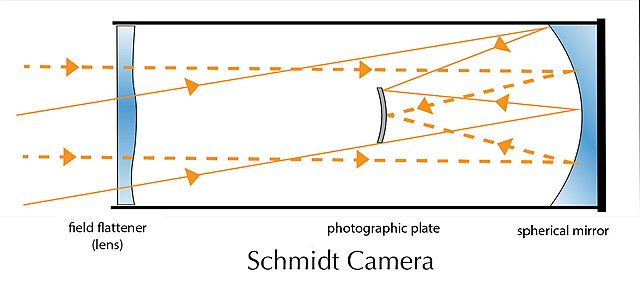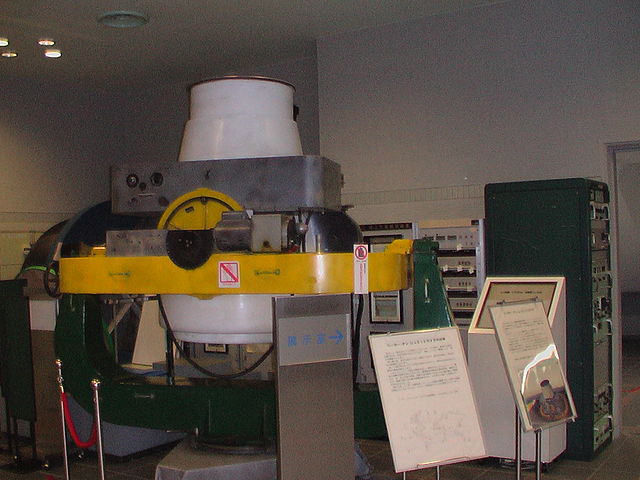Yrjö Väisälä was a Finnish astronomer and physicist.
Yrjö Väisälä
A laboratory diary of Yrjö Väisälä. The text is written in 1929. On the pages seen here Väisälä describes the principle of 'a new telescope for photography'. Väisälä never published this concept and few years later Estonian Bernhard Schmidt invented the same construction which is now known as the Schmidt camera.
An early 20th century wooden house in Joensuu at the corner of Sepänkatu and Papinkatu streets. The building was Väisälä brothers' home in 1904–19.
A commemorative plaque attached to the building in 1976. The text reads: "At this place was Väisälä scientist brothers, Vilho, Yrjö and Kalle's, home in 1904–1919. Joensuu Lyceum ex-students".
A Schmidt camera, also referred to as the Schmidt telescope, is a catadioptric astrophotographic telescope designed to provide wide fields of view with limited aberrations. The design was invented by Bernhard Schmidt in 1930.
Diagram of Schmidt camera
The 77 cm Schmidt-telescope from 1966 at Brorfelde Observatory was originally equipped with photographic film, and an engineer is here showing the film-box, which was then placed behind the locker at the center of the telescope (at the telescope's prime focus)
The 2 meter diameter Alfred Jensch Telescope at the Karl Schwarzschild Observatory in Tautenburg, Thuringia, Germany is the largest Schmidt camera in the world.
One of the Baker–Nunn cameras used by the Smithsonian satellite-tracking program








